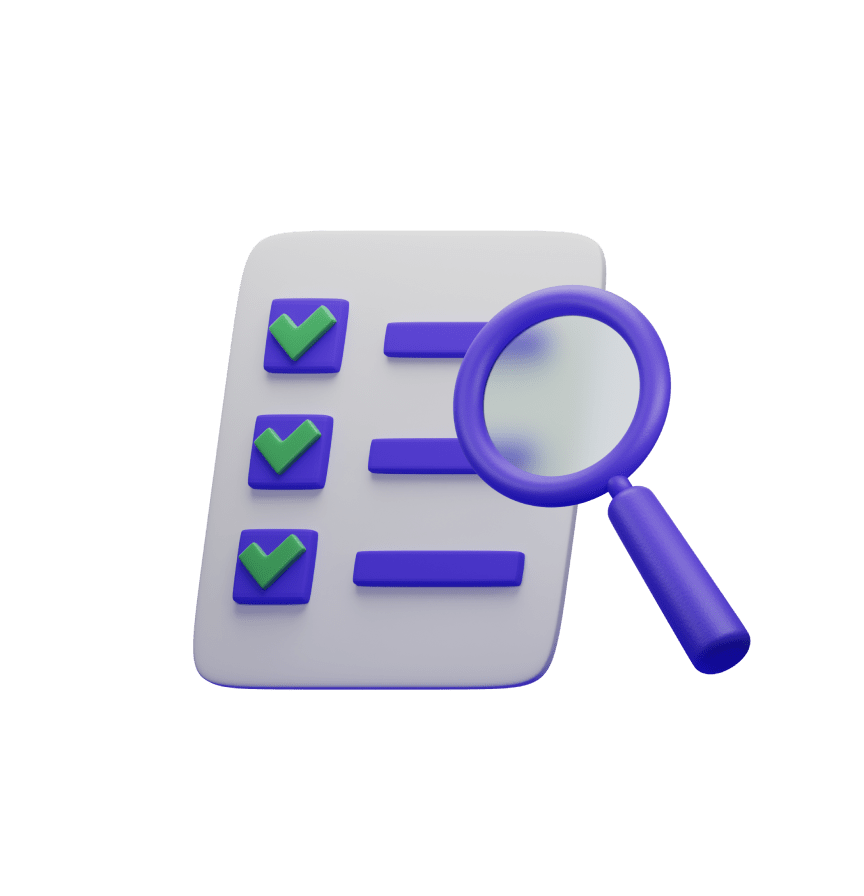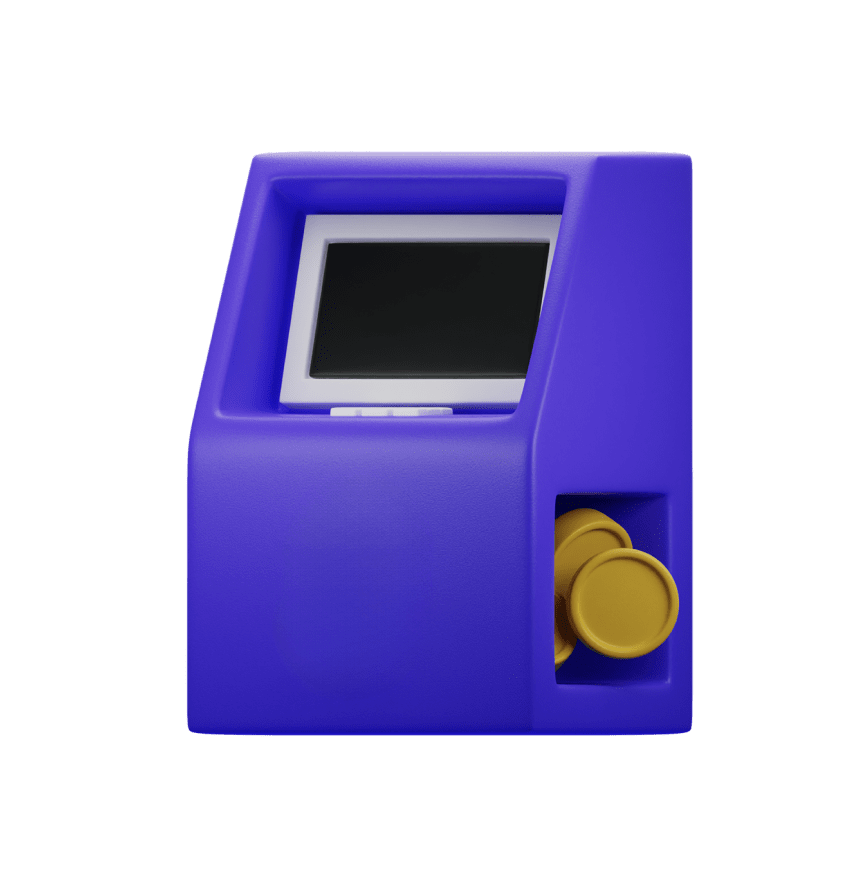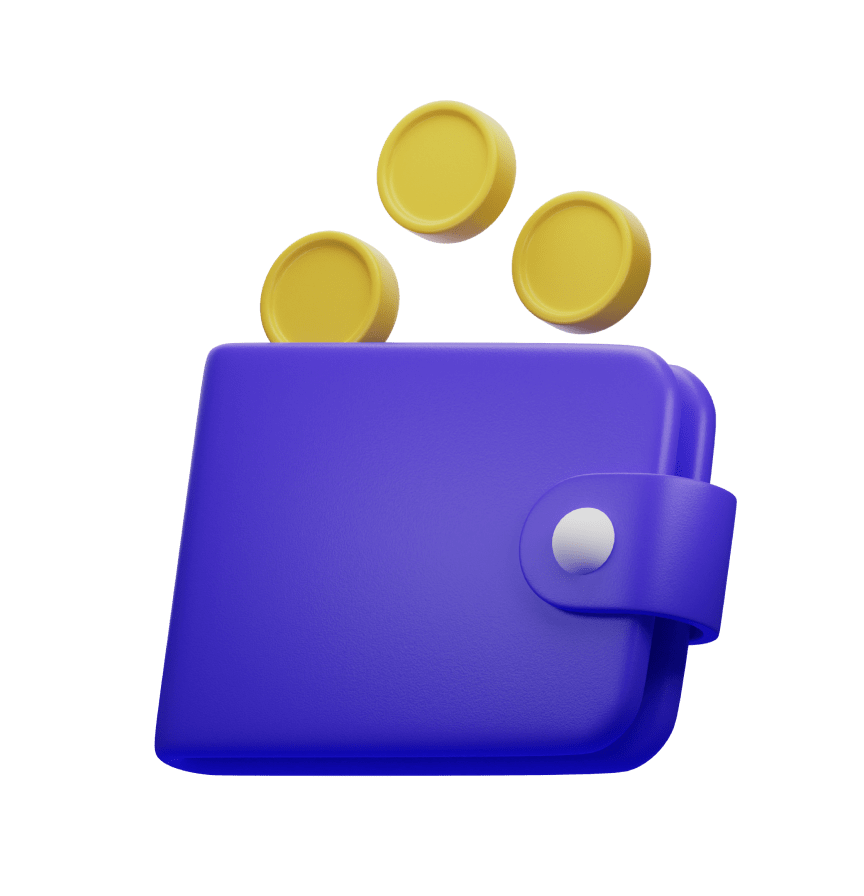About Genome
Genome’s approach to secure money transfers and data protection

Additional services
Genome's security measures
We implement all the tools and follow relevant regulations to protect our clients' data from breaches, unauthorized transactions, cybersecurity threats, and fraud. That said, clients should also know how to ensure the security of their data when using Genome's services.
On this page, we provide essential financial fraud prevention advice to help our clients protect their personal information before and during the use of Genome's payment methods and services.
Best security practices
Follow these security best practices to protect your Genome account and personal data at all times
Is it safe to access Genome from any internet connection?
The internet connection must be secure when you access my.genome.eu via the browser or the app. Please refrain from using public Wi-Fi, as it may use unencrypted networks and be prone to hacking attacks.
How can I protect the devices I use to log in to Genome?
Ensure that the personal computers, laptops, smartphones, tablets, and other devices that you use to log in to Genome are duly protected with antivirus or other security software.
What are the security requirements for my devices and software?
Please install all the latest available versions of operating systems and software on your devices. Note that all devices should be protected by passwords and, if possible, additional authentication methods (such as biometrics, smart cards, tokens, etc.). It is necessary to prevent their use by other people without the owner's knowledge.
What should I consider when creating my Genome password?
When you sign in to my.genome.eu for the first time, please come up with a strong password that contains upper- and lowercase letters, numbers, and special symbols. It must consist of at least 8 characters. The longer it is – the better. Make sure the password is unique and not used for any other apps, programs, or websites.
Can I share my Genome password with others?
Don't share your password with anybody else.
Is it okay to write down my password or save it on my computer?
Don't store your password in written form or on your computer, where it can be easily accessed by other people. Instead, memorize it or use a reliable password manager to store it.
Do I need to read any documents before signing up?
Before signing up, it is mandatory that you read through Genome's Terms of Use and Privacy Notice. If you have any questions regarding these, feel free to contact us at support@genome.eu.
Is it safe to enter my password in public or around others?
Don't fill out your password or other sensitive financial data in the presence of someone else or in public.
Can I leave Genome's app or website open and unattended?
Don't leave your Genome app or Genome's website page my.genome.eu unattended when using them.
Does Genome offer any additional login protection beyond a password?
Genome enables two-factor authentication for all its clients in addition to a password, which comes in the form of mobile app confirmation, OTP, or biometrics. This security measure is in place to prevent malicious third-party logins and other unauthorized actions inside Genome.
How can I stay on top of my payments and account activity?
Make constant checkups of payments, as Genome's clients have access to the information on incoming and outgoing transfers at all times. Genome's notification center also notifies clients of all completed operations.
How does the onboarding procedure happen within Genome?
After signing up, our clients start a verification process to open a personal or business wallet. During this process, you need to fill out personal and business information and provide some documents to confirm your identity, source of funds, and other data.
We need said procedures in place to eliminate the risks of potential fraudsters and malicious actors using our platform. All the data is collected and processed in a safe manner, as we comply with GDPR, PCI DSS, and PSD2. We ask our clients to carefully fill out all the required information to avoid mistakes and delays in account opening.
Also, during the process, clients undergo video identity verification with the help of Onfido, an AI-powered digital identity solution. Please make sure that you are alone and that nothing obstructs your face during the video identification.
Sending money safely with Genome
You can send money using your personal or business wallet, with each transfer protected by two-factor authentication, ensuring that you authorize transfers. Below are the key safety measures that help ensure secure money transfers.

Trusted recipients only
Only send money to people or businesses you know and trust. Always double-check the recipient’s details before confirming a transfer.

Monitor transfers regularly
Keep an eye on your outgoing transfers. Set transfer limits to help protect your account. If something appears suspicious, such as an unfamiliar payment, please contact us immediately.

Approve with caution
Only approve payments you’ve made yourself. Be extra careful with unexpected or urgent transfer requests - they could be scams.

Enable instant alerts
Turn on real-time transaction alerts in Genome. You’ll get instant updates, allowing you to spot any suspicious activity right away.
Order and use your Genome cards securely
You can order virtual and physical Visa cards for personal and corporate purposes. To keep your cards and transactions secure, follow the recommendations below.
Tips for secure card usage
Be cautious at ATMs
• Always cover your PIN when entering it at ATMs or POS terminals. Use a different ATM if someone appears to be watching you.
• Don't forget to take your card and cash from the ATM.
• If the ATM retains your card, block it immediately using the Genome portal or mobile app and notify us.
• If you’re unable to block the card yourself, call us at +370 5 214 1409 or use any other available contact method.
Shop on secure websites
• Use your card only on trusted, reputable, and secure websites or mobile apps.
• Always ensure the site uses HTTPS and shows a padlock icon in the browser bar.
• Prefer websites that support full authentication (e.g., Verified by Visa, Mastercard SecureCode).
Review terms before paying
• Check the merchant's terms and conditions, privacy policy, refund policy, and contact details before making a payment.
• Pay attention to transaction currency, conversion rules, taxes, and delivery costs.
• Don't proceed with the transaction if you don't agree with the terms.
Be careful with recurring charges
• When signing up for recurring services, review how to cancel the subscription and stop future charges.
• Be cautious with "free trials" that require your card details—read the terms carefully.
Monitor card activity
• Regularly check your Genome card transaction history.
• Confirm that all transactions match your receipts and are accurate.
• Report any unauthorized, suspicious, or unfamiliar activity to us immediately.
• Contact us immediately if your card or card data is lost, stolen, misused, or otherwise compromised.
Notice suspicious activity? Report it now
If you notice suspicious activity or unauthorized transactions, block your account or card immediately via the Genome app or web platform. Then, contact fraud@genome.eu or support@genome.eu for help.
The most common fraud schemes to watch out for
To help you stay protected, we advise reviewing the most common fraud schemes listed below.
Notice suspicious activity?
If you notice suspicious activity or unauthorized transactions, block your account or card immediately via the Genome app or web platform. Then, contact fraud@genome.eu or support@genome.eu for help.
Access game-changing security tips to protect your data and funds!
Subscribe to our newsletter to download Genome's exclusive tips for the prevention of various fraud schemes!
Stay up-to-date with practical tips to protect your data and money from fraudsters!












